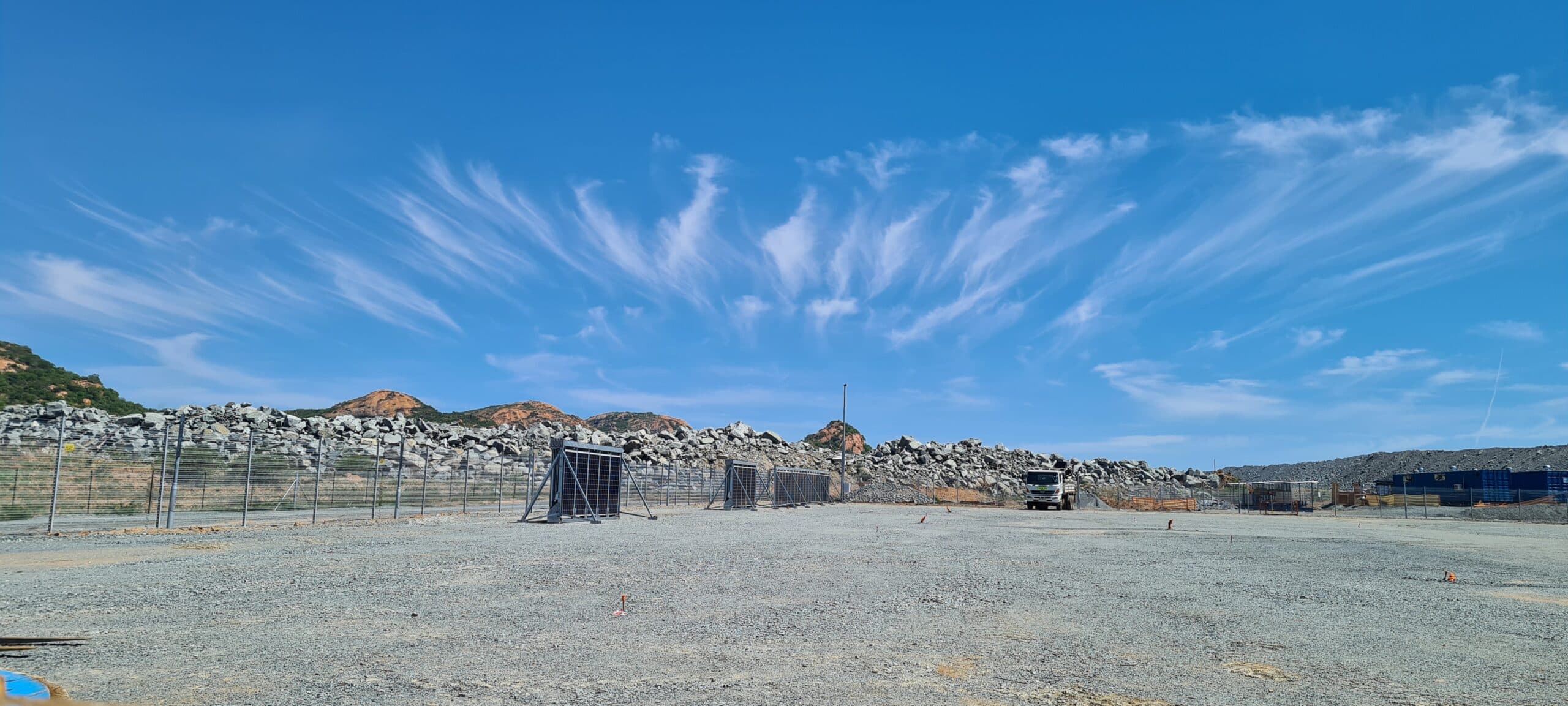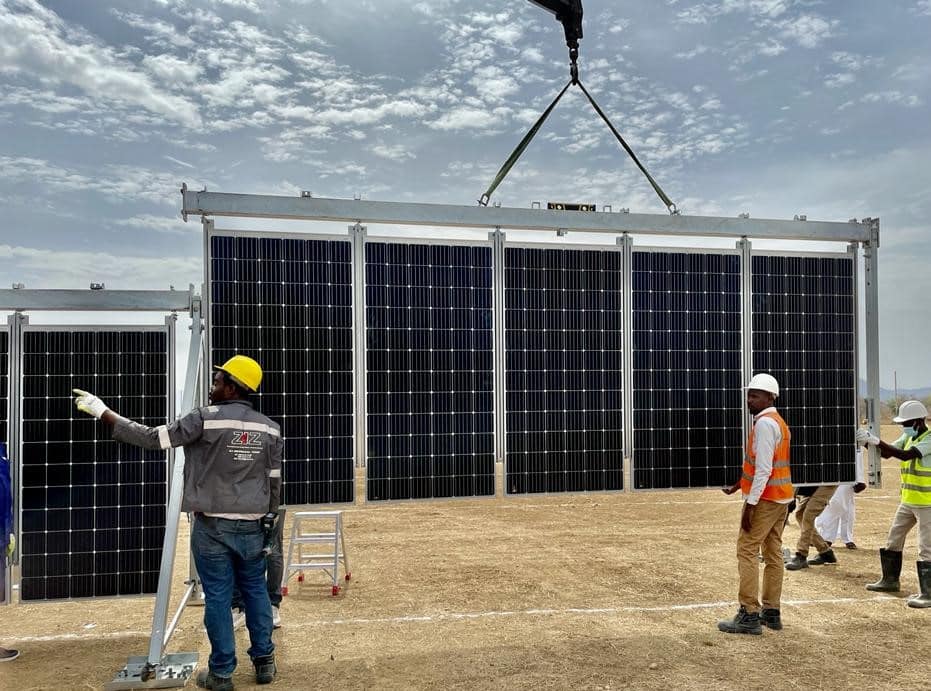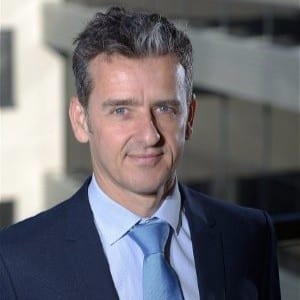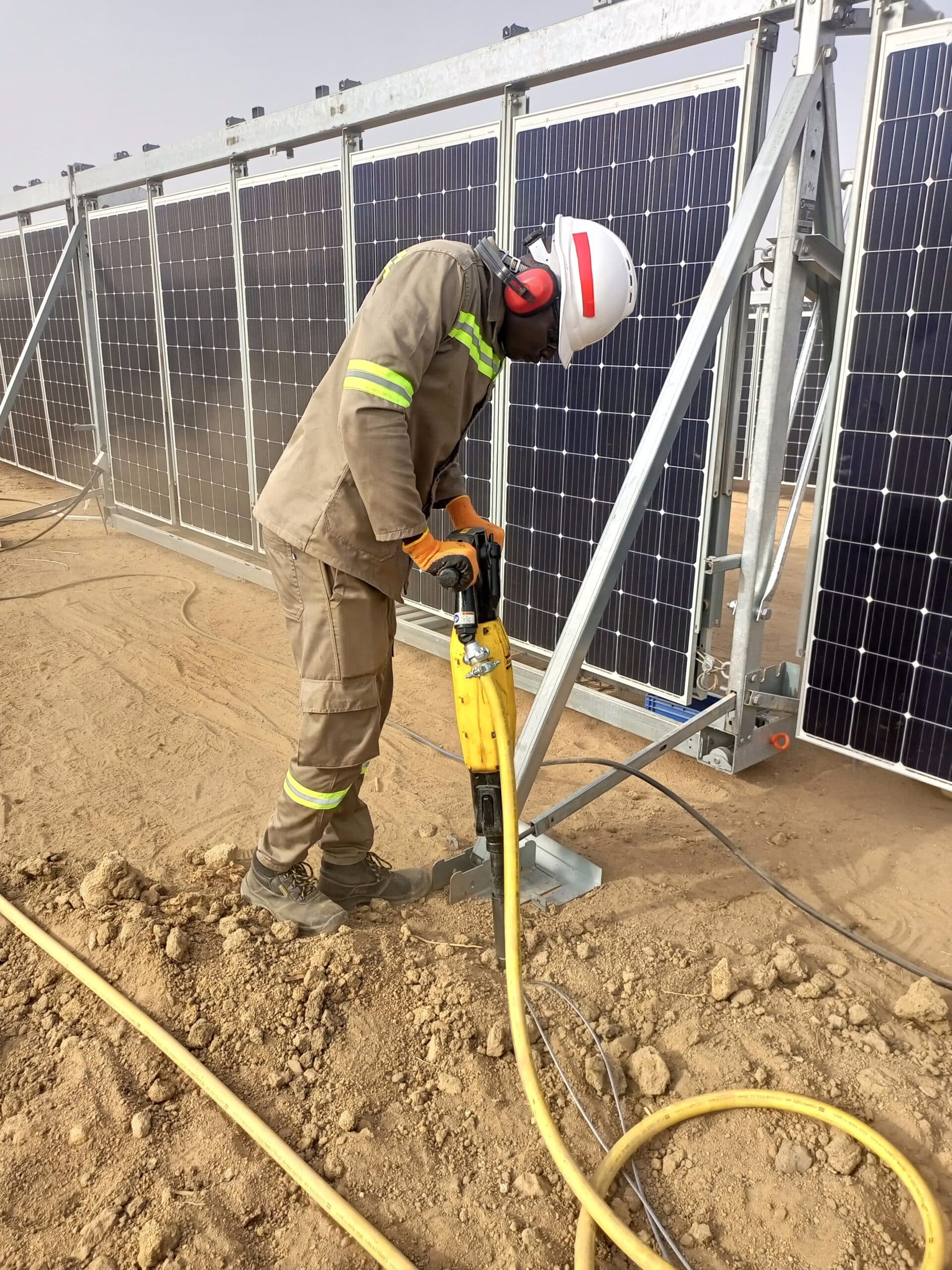
Today, Release by Scatec celebrates the inauguration of the solar plants in Cameroon. Release entered into a lease agreement with ENEO, an electricity company, in 2021 to deliver two solar hybrid and battery storage plants that have a combined capacity of 36MW solar and 20MW/19MWh of storage. The plants are located in Maroua and Guider, in the Grand-North Cameroon.
“We are pleased that this day is finally here, and we get to celebrate this major milestone at Release, where we pride ourselves in making renewable energy easily accessible and affordable across growth markets,” says Hans Olav Kvalvaag, CEO at Release.
The Release by Scatec pre-assembled solar power and battery storage system is a unique solution and the first of its kind to be deployed in Cameroon. The Maroua and Guider solar power plants are an innovative solution, and they are equipped with over 44,800 bifacial solar panels mounted on trackers, which will help maximise energy production throughout the day. The installations will generate 80 GWh of electricity each year. We are proud to say that our fight against climate change will be evident, as the plants will make a significant contribution to reducing CO2 emissions, with an estimated saving of almost 60,000 tonnes per year.
The solar power plants have been completed in phases generating electricity throughout 2022 and are now fully completed. There have been reports of significant improvements of electricity supply in the northern parts of Cameroon. Regions that fall under the Northern Interconnected Network were prone to experiencing power outages. Today we are proud to say that they have more stable power in the country courtesy to our rapidly deployable leasing solution. Residents and industries are benefiting from the two solar power projects in the northern parts of Cameroon.
“Having looked at the success of the two projects and how it has helped improve the electricity supply in Cameroon, Release is well positioned to further strengthen power supply in Cameroon with more capacity,” explains Arnaud Gouet, SVP Utilities at Release.
The Scatec and ENEO team, as well as the sub-contractors and local staff showed great commitment to the success of these projects.
Arnaud Gouet expressed his gratitude saying, “These solar power plants are the result of a fruitful collaboration between the public and private sectors. They embody innovation through ground-breaking contracts, symbolising the collective determination to meet the energy needs of the Far North region cleanly and efficiently. This initiative was made possible by the expertise and vision of all parties involved.”
“We would like to thank the Release team that has been working tirelessly on this project and this day would not be possible without your hard work and dedication. We would also like to thank the ENEO team for believing in us and the fruitful partnership that we have developed over the years. And a big thank you to the Cameroonian Government for trusting us with these projects,” says Hans Olav Kvalvaag.

Site teams at inauguration, Cameroon.






























Recent Comments